Could you sum up the idea of the series in a few sentences?
PARASOMNIA MIDRIASIS REM is an editorial project inspired by sleep anomalies and the most recurring nightmares I experienced during childhood. Conceptually, it stems from the question of reality and representation—a territory that, given my background as an actress and theater director, has always been present as a guiding inquiry in both my photographic and theatrical work.
Theatre and photography offer the possibility of a multiple and simultaneous perspective, allowing different layers of reality to coexist within an impossible space-time that exists only in the realm of artifice. A reality not “presented,” but “condensed,” in which past and present—or the physical world and the emotional world—can confront and coexist.
In this way, what I sought to create in this project is an overlap of narratives and layers of reality: on one hand, in the physical plane of the model herself—with her costume and makeup—and on the other, a narrative in the realm of shadows and projections that remain in the psycho-emotional territory, attempting to find dreamlike spaces that evoke childhood, dreams, memories, and nightmares.
Each projection image was created with artificial intelligence, based on those dreams, thoughts, nightmares, and memories, and then projected onto Laura’s body, space, and costume. Thus, the goal of this editorial was to create a dialogue between different realities that become transparent and possible only in the realm of art—an impossible perspective that is vertiginous, fast, changing, colorful, overwhelming, dreamlike, and at times ominous.
In other words, what I aimed to invoke through these photographs was the REM multiverse. R.E.M.: “RAPID EYE MOVEMENTS” – the phase of deep sleep in which the brain becomes active and most dreams and nightmares occur.
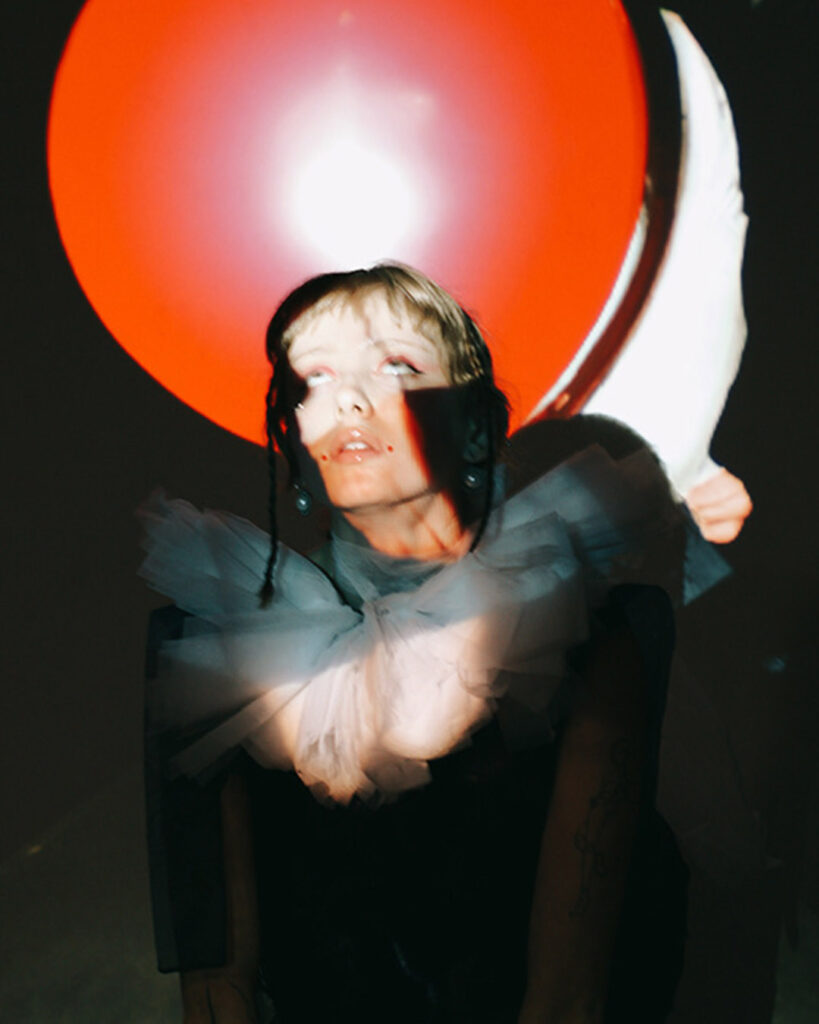
What was your worst childhood nightmare, and/or most frequent/memorable?
When I was a child, one of my most recurring nightmares took place at school, during recess. I was playing a ball game with my classmates when suddenly a strange wind would start to blow. The other girls would run off, laughing and playing, but I would stay behind, watching the sky and the way the tree leaves began to stir.
Then, I would see a beautiful red balloon drifting slowly through the air. It moved gently, but no matter how hard I tried, I couldn’t catch it. The balloon kept floating ahead of me, and I would chase after it through the schoolyard, never quite able to reach it.
After what felt like a long pursuit, I would finally manage to grab it—but the moment I did, the balloon would burst in my face, splattering red all over me. When I turned to the side, I’d see my friends lying there, dead. That dream terrified me every time.
Do you remember your dreams these days?
Yes, I usually remember my dreams because I still frequently have a lot of nightmares, haha.
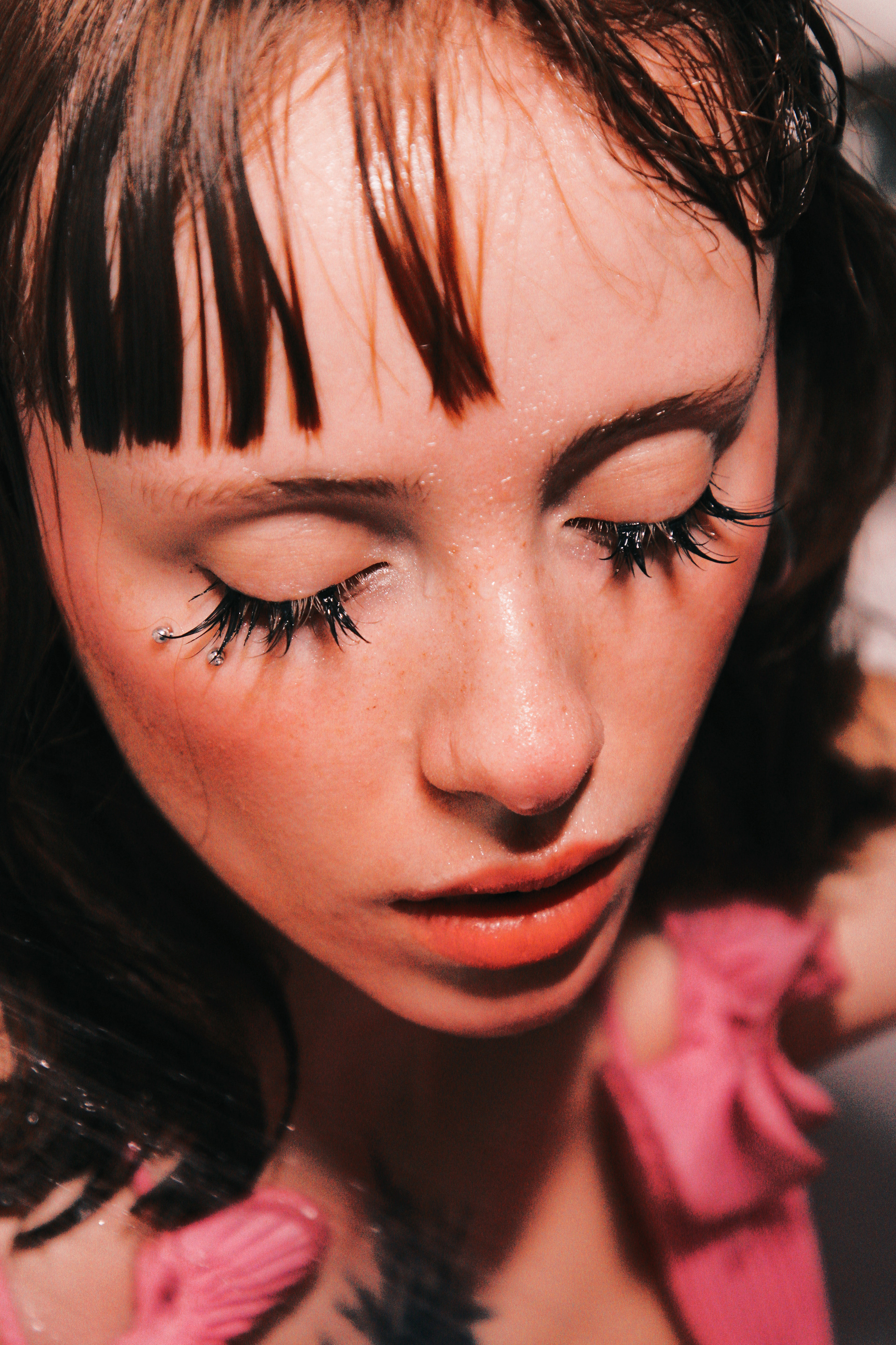
Would you rather have good ones or bad ones? I feel more bummed out after a good dream because I wake up and realize it didn’t actually happen. But with a bad dream, I’m relieved it wasn’t real.
Yeah!! The same thing happens to me with good dreams too! Haha. But sometimes I still prefer that disappointment over the feeling after a bad dream—those tend to linger longer for me.
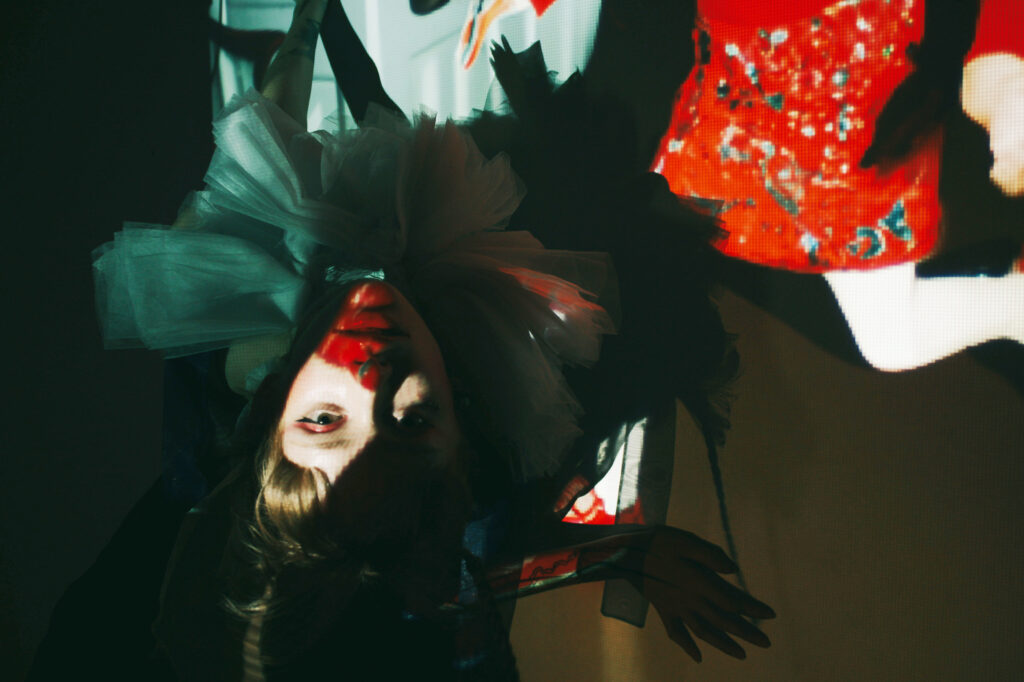
What’s the best way to connect with your models and make them feel comfortable?
I think a good way to connect is by having conversations before the photo session, where both sides get to know each other and collaborate on the shoot. Another way is just by checking in—asking if they’re comfortable or if they need a break. Just being attentive to their needs goes a long way.
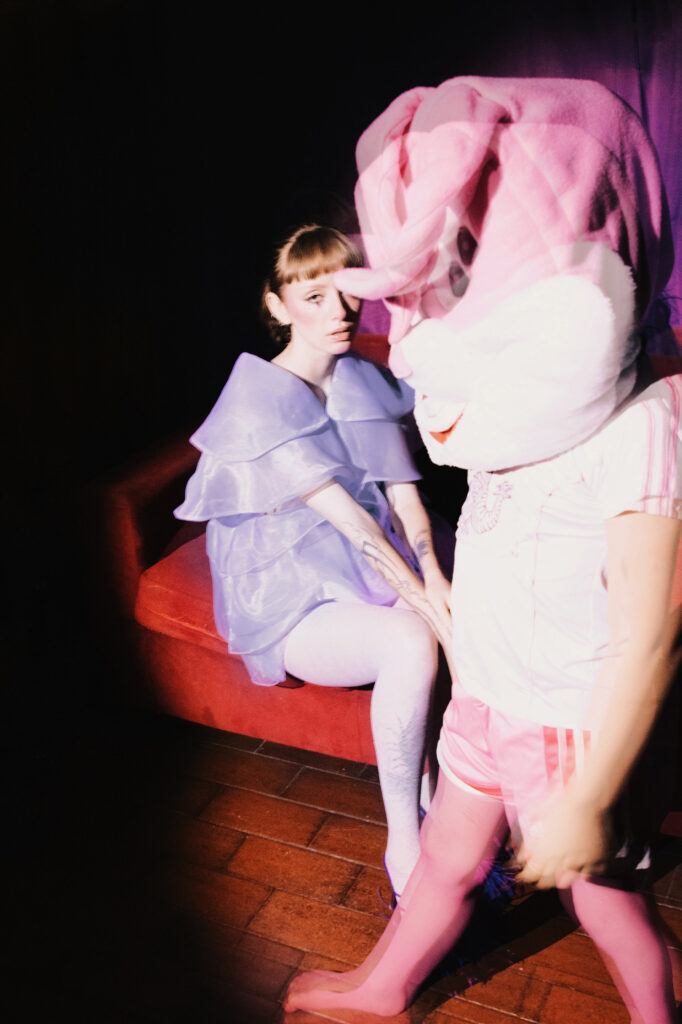
When and how did you get your first camera?
I honestly don’t remember the exact moment—I have the worst memory in the world (which is probably one of the reasons I love taking pictures, haha). But I do remember that when I was little, my parents worked a lot, so my siblings and I spent a lot of time on our own. I’d take photos with a small point-and-shoot camera my mom had. She loved photography, and because of her, we had tons of family photo albums. I started photographing from a young age. Being alone so much made me very observant, and I think that eventually led me to both photography and theater.
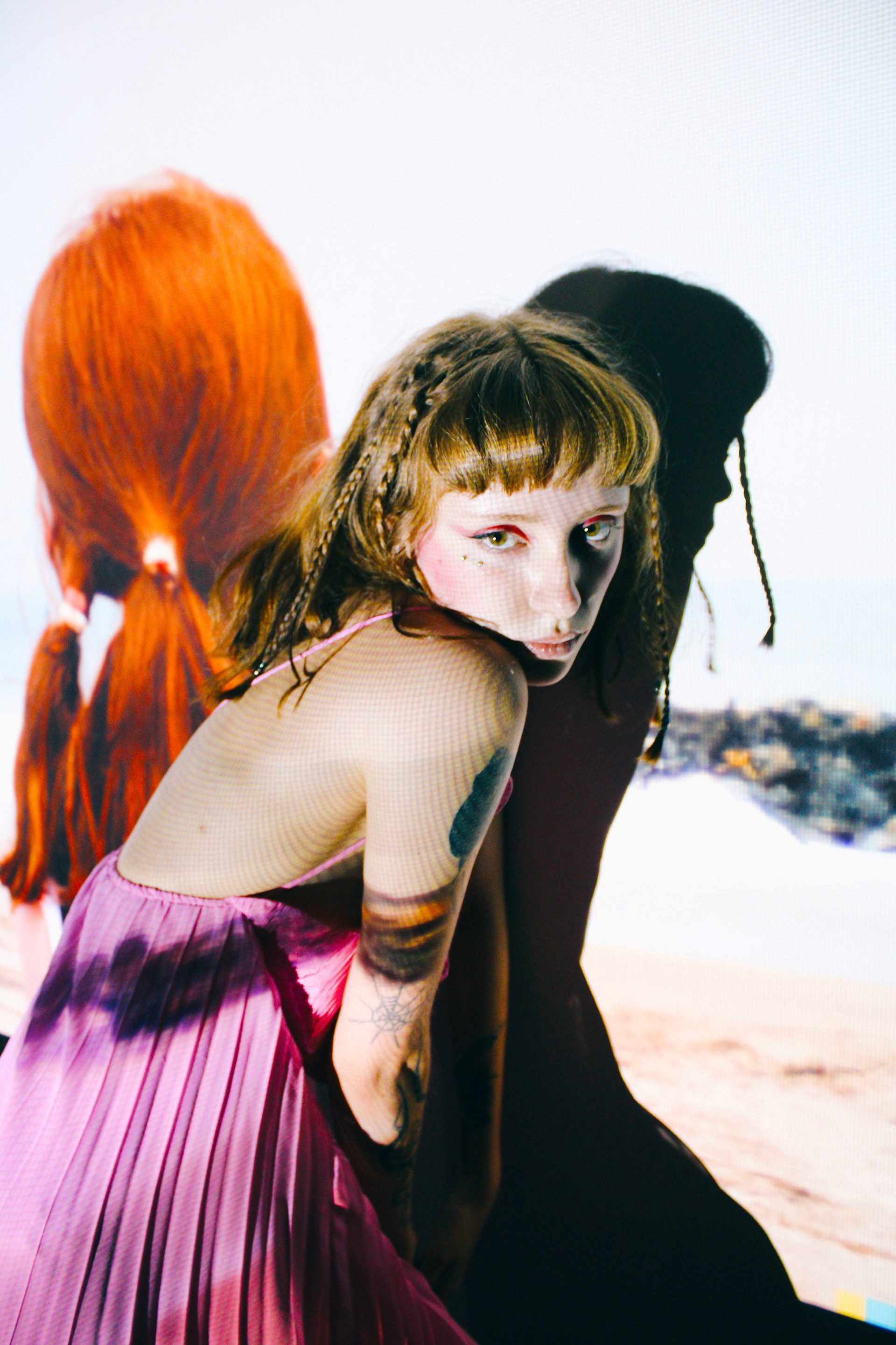
What’s one aspect of photography you wish you were better at?
So many—I feel like I don’t have enough life to learn everything I’d like to. I want to improve in all areas, but technically, I’m especially focused on refining my studio lighting and retouching skills. These are two areas I’m still learning and really intrigued by. I think getting stronger in those areas will give me more creative tools to express myself.
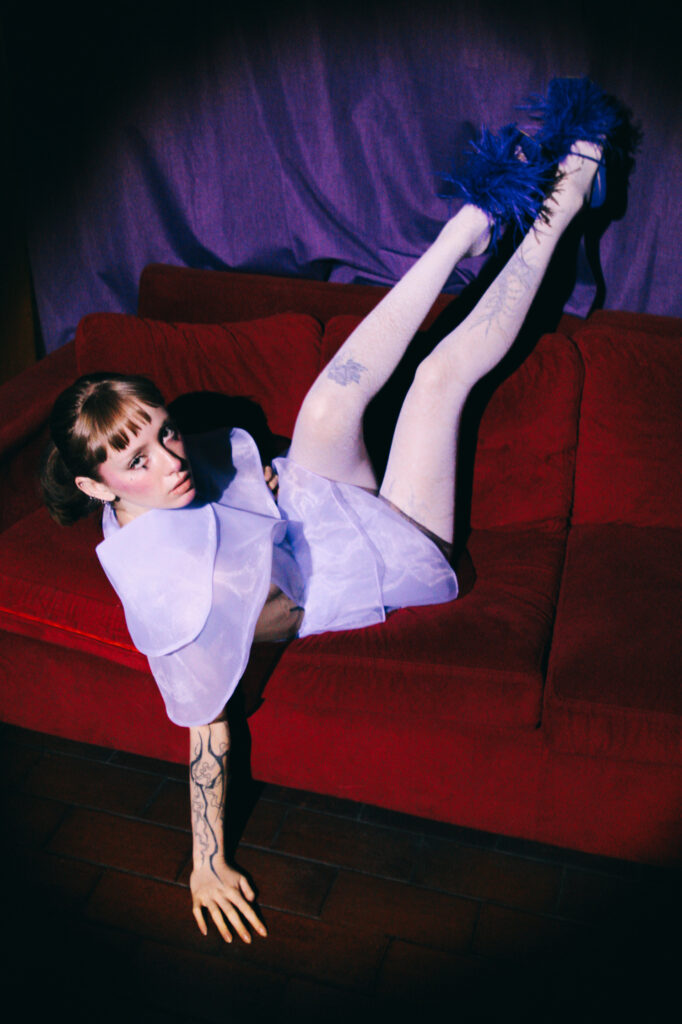
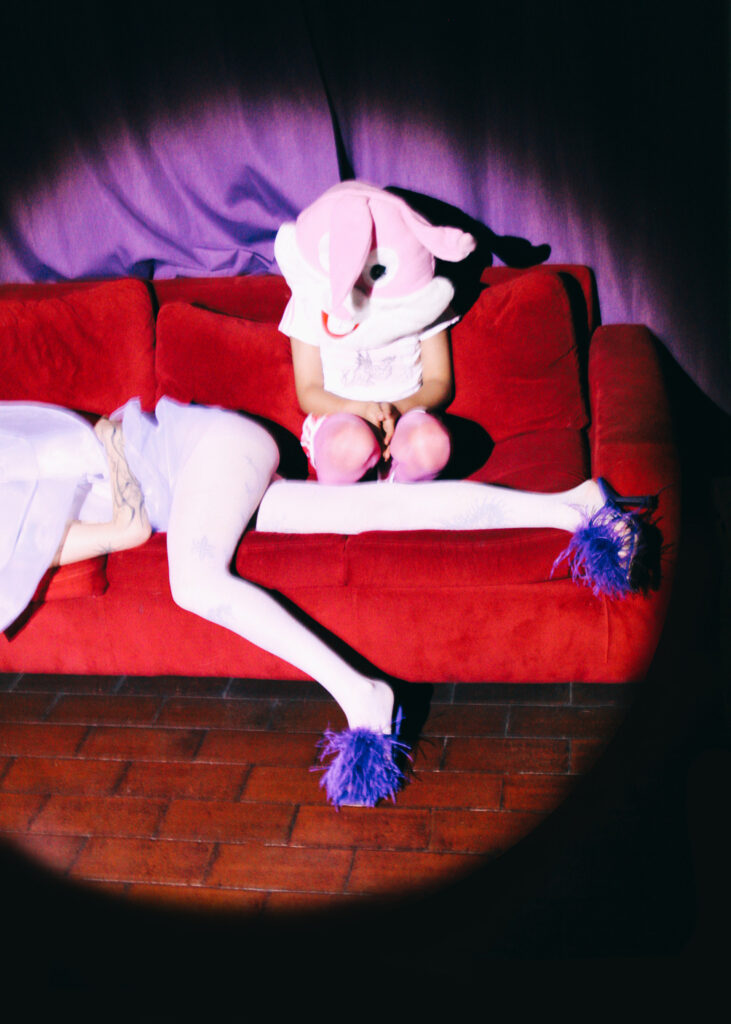
What’s one idea you haven’t started yet?
I’m starting a project that focuses on the idea of motherhood and the social pressure to be a ‘good mother.’ It looks at how society places expectations on women and how those standards shape their identities and choices—sometimes in conflicting or harmful ways. I want to explore this with some humor, too, to soften the heaviness of the topic.
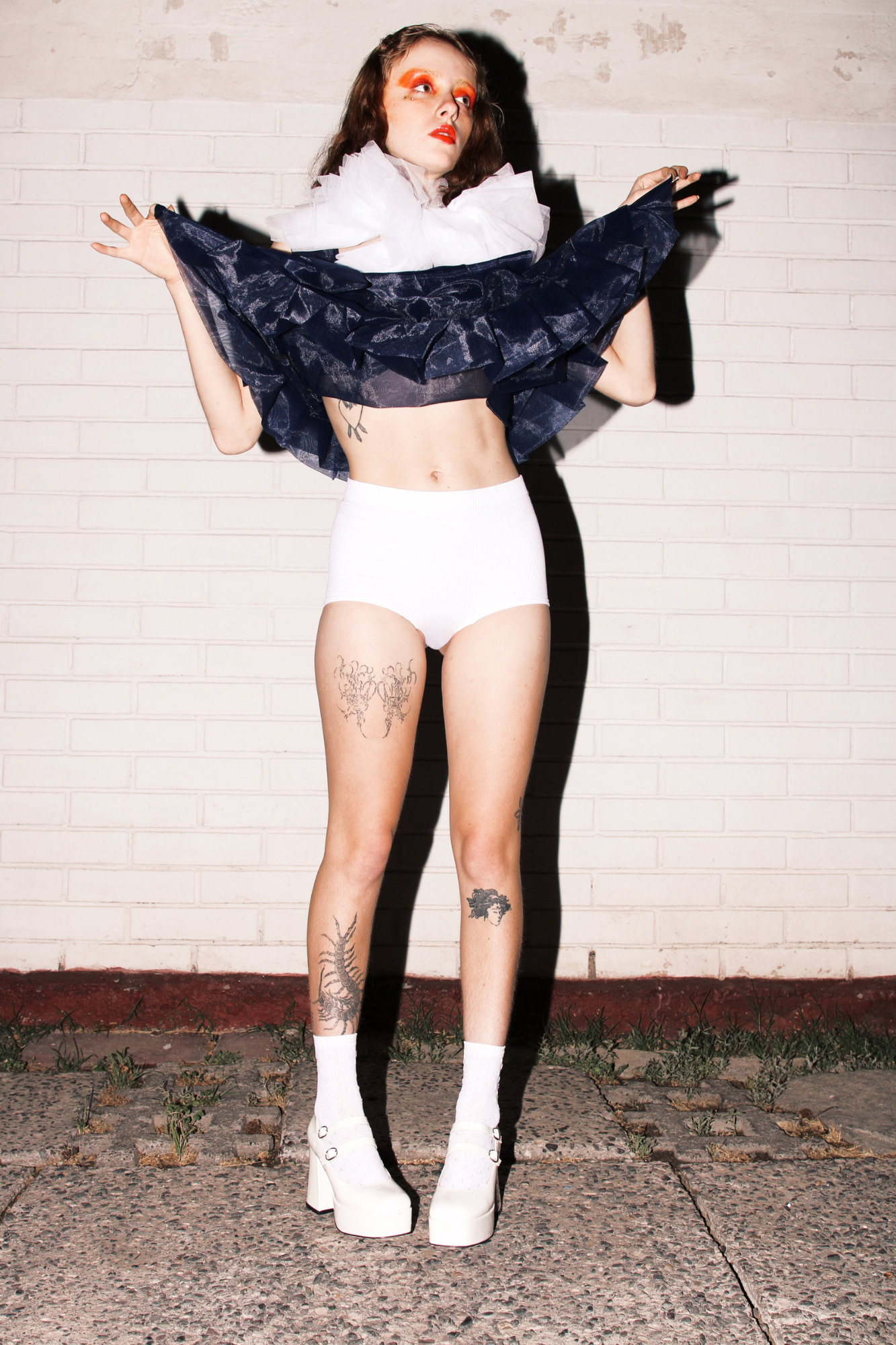
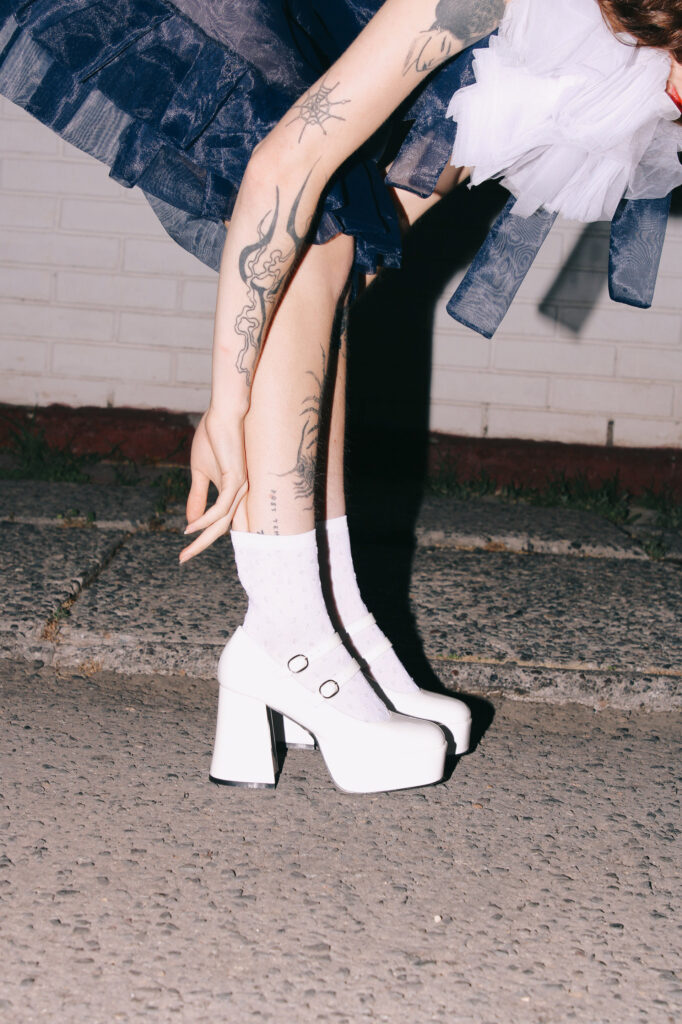
Favorite photography book?
Some of my favorites from my collection are The Other Side and The Ballad of Sexual Dependency by Nan Goldin, Tarkovsky’s Films, Stills, Polaroids & Writings, Andy Warhol’s Polaroid book, and Unmasked by Elizaveta Porodina. I’m also constantly looking at work by both classic photographers—like Bresson, Avedon, Meyerowitz, and Dorothea Lange—and new voices. I love platforms like PhotoVogue for that. It helps me see what’s happening in different parts of the world. It suddenly makes what’s far away feel near.

Favorite photo ever? (or at least one of them)
That’s such a tough question. I won’t say it’s my all-time favorite, but a recent image that struck me is one by Vivian Maier. In it, a Black boy shines the shoes of a white boy around the same age—maybe ten or eleven. There’s no dramatic gesture, just this quiet, ordinary scene that holds the weight of something much bigger: inequality. That photo pierced me, to use Roland Barthes’ word. It reminded me of photography’s power to make the invisible visible.





